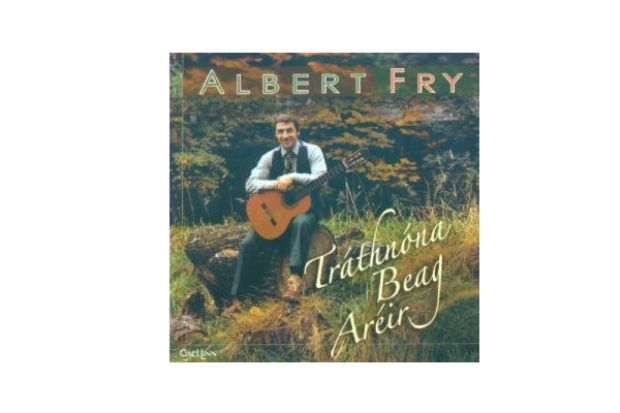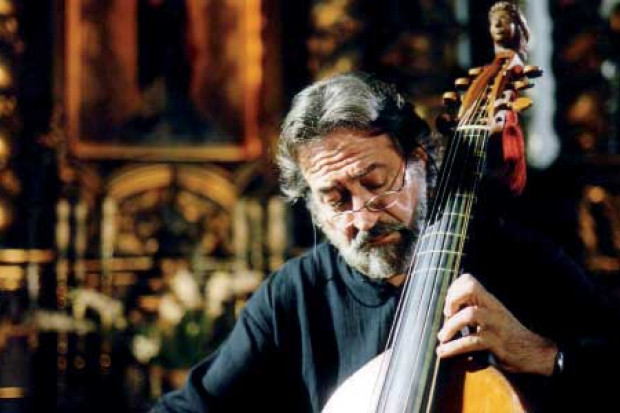CD Reviews: Niall and Cillian Vallely's Callan Bridge
Niall and Cillian Vallely
Callan Bridge
Compass Records
The sleeve notes of this album, written by Don Meade, refer to the ‘near-telepathic musical understanding’ and ‘note for note synchronicity achieved in their duet selections’. The tightness and synchronicity achieved here certainly is remarkable; in fact, the two players here would probably do very well in a Fleadh Cheoil duet competition where tight-knit togetherness is of paramount importance. But of course concertina player Niall and uilleann piper Cillian Vallely are not participants in a Fleadh Cheoil competition, far from it. Their combined musical résumé reads most impressively, in addition to Niall’s solo album Beyond Words and Cillian’s work with Riverdance, the groups Nomos, Lúnasa, Whirligig and Chulrua feature.
Anyone familiar with the artists featured here would surely have no doubts that the standard of musicianship would be superb; no disappointments in that regard. For me, one concern emerged whilst listening to this album, arising from that ‘near-telepathic musical understanding’. It seems there is a trend that studio recordings of group playing of Irish traditional music should be perfect, and in perfect I mean that the music phrases, rhythms, and of course the notes of the melodies themselves are perfectly synchronised between individual players. While good group playing will certainly feature elements of this, it is the mechanical, almost emotionless approach here that bothers me. On a recent TV programme covering the events and competitions at an all Ireland Fleadh Cheoil, the first place winners of a duet competition were featured. I was convinced that the two featured must have been imprisoned together in a soundproof dungeon for the previous year in order to achieve this level of synchronicity. I felt sorry for them, ironic as it was probably the happiest day of their young lives.
Placing all of that to one side, there are some really great moments on this album. The combination of pipes and concertina while unusual is very pleasing. The first track opens with a selection of reels including the ‘Reel of Rio’. The playing is vibrant and energetic. Accompaniment is provided throughout the album by an assortment of luminaries including John Doyle and Donal Clancy on guitars. There are six newly composed tunes by Niall Vallely, the first of these is ‘Muireann’s Jig’ and is played on concertina and a rather numb sounding low whistle. The playing is sensitive here even if the melody isn’t particularly remarkable. An arrangement of the hornpipe ‘The Humours of Tullycrine’ works very well indeed. The melody is stated on the low whistle followed by concertina. The texture builds up into what is a very atmospheric track due in no small part to the syncopated yet unusually unobtrusive piano accompaniment provided by none other than Caoimhín Vallely – another sibling in this musical family.
The pipes are heard in isolation on the song air ‘An Buachaill Caol Dubh’. The setting here derives from the piping of Leo Rowsome. The regulator playing is subtle; all told a flawless playing of this great air. Yet there is something missing. I would have liked to hear some timbral manipulation on the chanter; after all that is one of the most appealing and distinctive characteristics of the instrument.
Pipes and concertina are at their closest in the playing of a selection of jigs titled ‘Bríd Harper’s’. The playing is relaxed and easy-going. Again, the piano accompaniment is complimentary.
‘Once in a Blue Moose’ (a reel) is another of Niall’s compositions. His technical virtuosity is evident in this track as the concertina takes the lead from the pipes. This arrangement leads into a rendition of the familiar ‘Over the Moor to Maggie’. Pleasant though it is, a liberal injection of spontaneity would have been most welcome at this point.
‘The Singing Stream’ selection features the title track ‘Callan Bridge’, another of Niall’s compositions, and is a catchy little number that is greatly enhanced by the rambling top end piano chords.
One of the finest tracks on this album features solo concertina playing the song air ‘An Buachaillín Bán’. The concertina is at it’s sweetest here and the choice and use of accompanying sustained chords is pure magic. The following track, two jigs – ‘Humours of Derryloughan’ and ‘Old Tipperary’ – are, in contrast with the rest of the album, unaccompanied. The absence of accompaniment steers the music in a different direction, the playing becomes more rhythmic, both players clearly accentuating points in the melody that might have otherwise been subsumed by the accompaniment.
The final track contains what the lads describe themselves as ‘a blast of reels’, learned at the Armagh pipers club, amongst them ‘The Old Bush’.
In summary, there is an abundance of musical ability and technical excellence presented on this album. Alas, for me, this was not enough. The near mechanical synchronicity, and lack of individual expression, left me out in the cold. Although it may contradict many the Fleadh Cheoil adjudicator and over zealous Fleadh-going parent, my belief is that this album would have benefited from a little less practice!
Published on 1 May 2003












